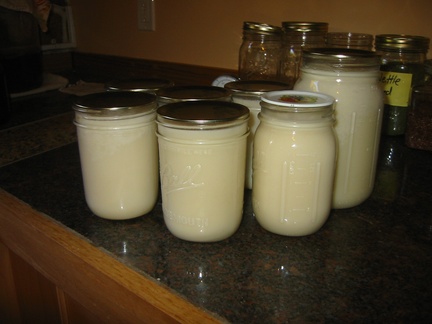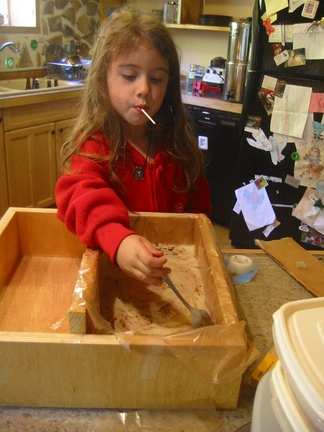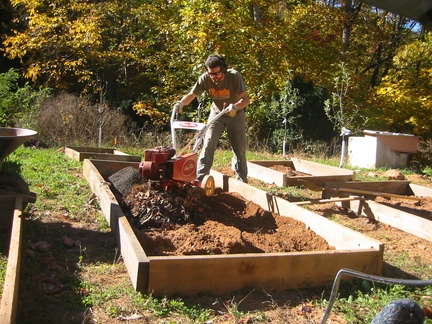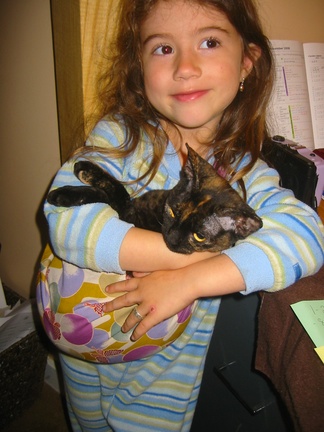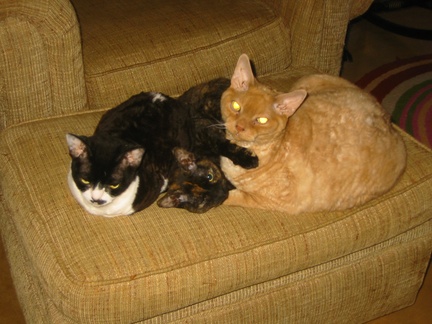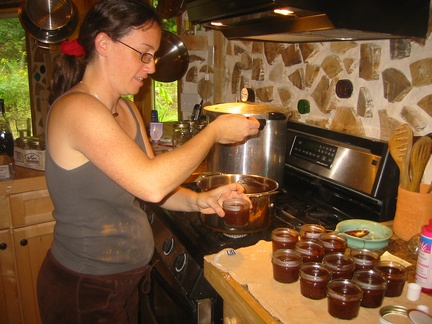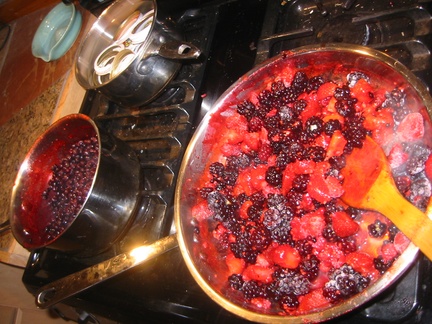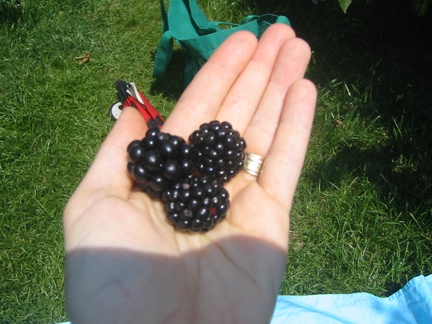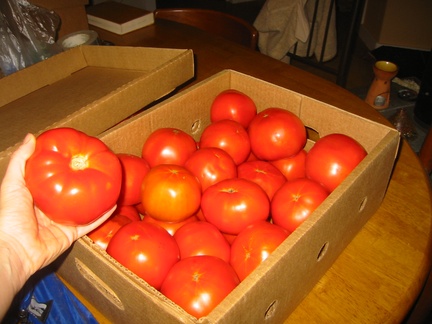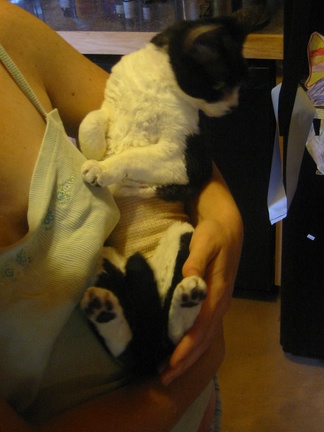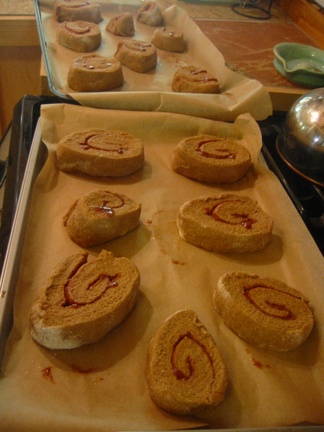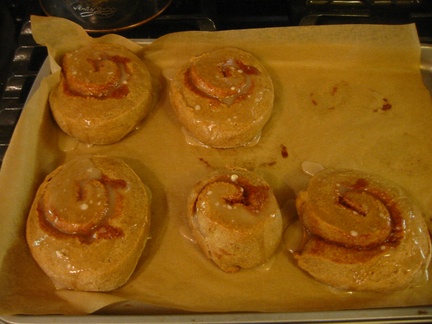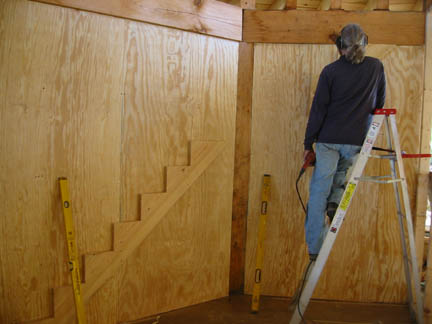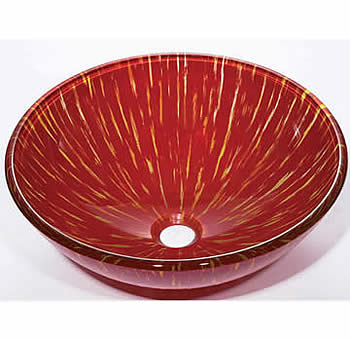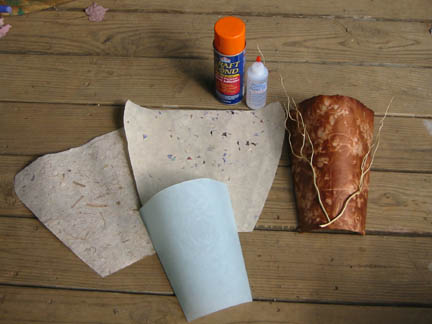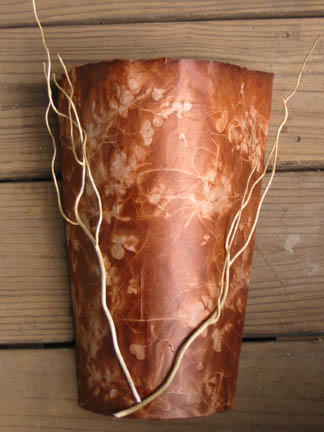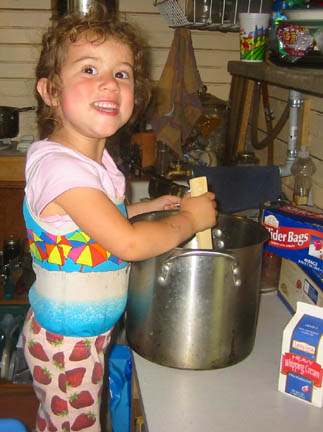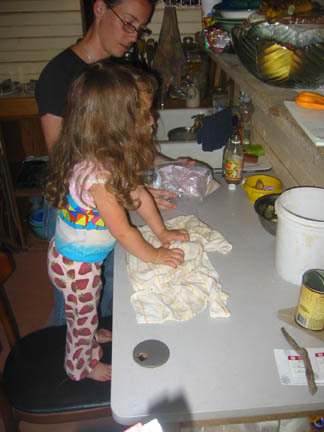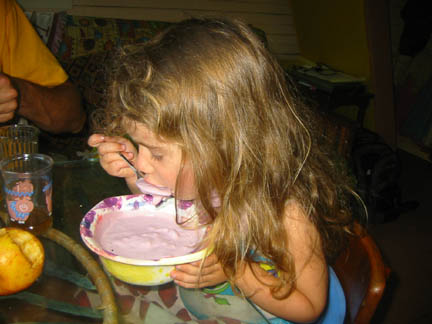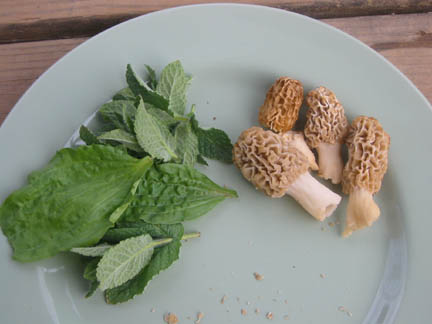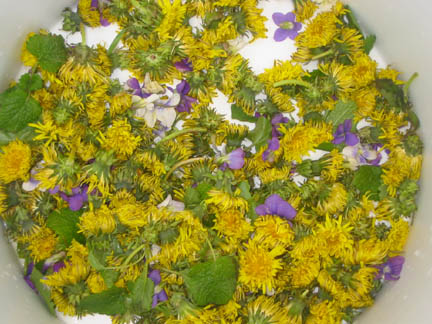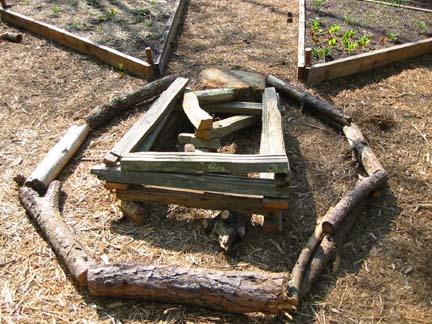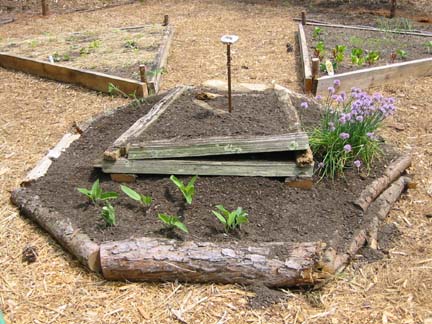I’ve been reading a lot of books on food lately… Real Food by Nina Planck, Animal, Vegetable, Miracle by Barbara Kingsolver, Know your Fats by Mary Enig… All of them have got me thinking about my own use and consumption of fats. I primarily use Olive Oil (imported), Coconut Oil (imported), and Butter (haven’t found a local farm supply, yet) in my cooking. And though all of these oils are healthy fats (non -hydrogenated), none of them are local, and they can cost a pretty penny. So, I decided to head down the road to a sweet family run farm and get some fatback! Hickory Nut Gap Farm raises their animals organically, free range, grass fed, and with love. AND They sold me the fatback for $1/pound!!! I’ve never rendered fatback into lard before, but after learning more about how healthy lard actually is for you, I thought it would be nice to learn how to use it better. (After the big push for using vegetable oils and fat-phobia, lard use has seriously decreased. But, did you know that lard is actually better for you than vege oils which are often hydrogenated (much worse for the body) and extracted with nasty chemicals! lard raises HDL (‘good cholesterol’), lowers LDL (‘bad cholesterol’), is 60% unsaturated fat, and has Vitamin D, E, and antimicrobial properties.)
So, this morning, I began the rendering process. I got most of my directions from here (Jan 12th entry).
I started with 12.5 pounds of fatback, but put 2 pounds aside to make Lardo (see below). I cut the remaining 10.5 pounds into little chunks, as small as I could without agonizing over it. (The more surface area you have, the faster it renders).
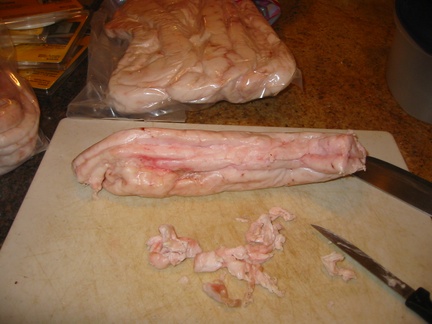
Then I put the chunks into a pot with ~2-3 inches of water on the bottom (this helps keep the fat from burning on the bottom, and boils off before you are done). I was worried about the pot overflowing, so I got a second pot going. (In the picture, the larger pot has been cooking for a while and looks more gray.) But once they cooked a while, I ended up combining the two.

The fatback should boil over low/med heat to melt the fat. Stir it very frequently to keep it from sticking or burning on the bottom.
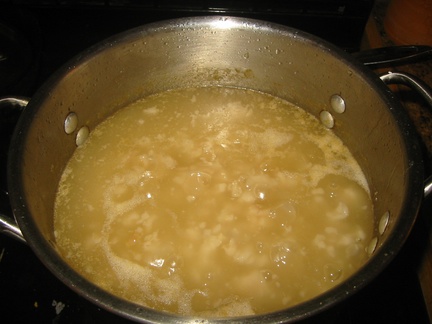
When I was reading about it online, people complained about the smell and recommended doing it out doors. But, I liked it…. the smell was like cooking ground beef or hamburgers and wasn’t overwhelming.
I spent most of the day in the kitchen, stirring the lard and making other food. By 4pm the fat was getting close. There was a little scum on the top, so I kept skimming that off.

About 5pm, the oil seemed to change… the boiling bubbles were smaller and the oil looked more golden. It didn’t seem like I was getting any more out of the little pieces that were left in the pot. So, I poured the oil through a cheese cloth and strainer into a large pot, then poured the oil/lard from the pot into pint canning jars. It made ~8.5 pints. What was left in the strainer and in the bottom of the pot is called ‘cracklins’. They were mostly crispy and are supposed to be great on salads or spread on bread. I tried them and they were ok, but a little too heavy for me. So, I put them in a tupperwear and will give them to the dog with her meals. Lucky dog!

The jar that wasn’t completely full, I put in the fridge, and the rest I canned. I followed my canning books recipe for canning pork. I filled the jars full and put them in a pressure canner at 12 pounds for 90 minutes.
The lard turned out white and tasty! I plan to use it when cooking eggs, frying, with pastries… when ever I can! I have to say, I’m proud of myself. I said prayers of thanks for these animals who gave their fat and feel good that I’m using all of the animal and not being wasteful…. Meat for eating, lard for cooking, bones for broth… If I’m going to be a part of this omnivore cycle, then I want to thankful to those plants and animals who nourish my body and eat as sustainably as possible.

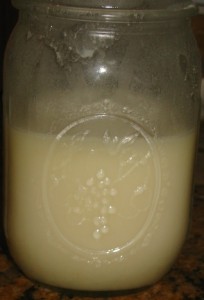
While I was making the lard, I also decided to try my hand at an Italian delicacy, Lardo. It’s the italian way of preserving fatback. Instead of just salting it, they also add spices. I got my recipe from here. I made a salt water brine and then added garlic, rosemary, sage, bay, and juniper.
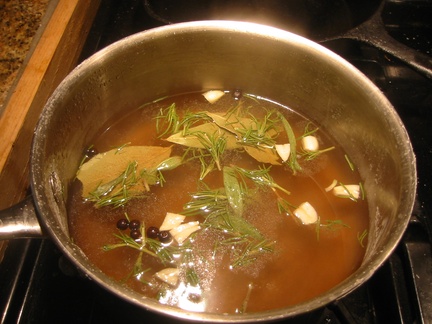
I put 2 pounds of fatback in a glass container and, once the brine tea cooled, poured the tea over the fatback. The fatback wanted to float, so I used a half-pint canning jar to hold it down and then put the top on. Into the fridge it went, where it will stay for at least three months (though some italian recipes call for 6-10 months!) Every 30 days I’ll flip it over. Once it’s done, you take it out and dry it off. Then you slice it very thin and eat it over toast or polenta.



